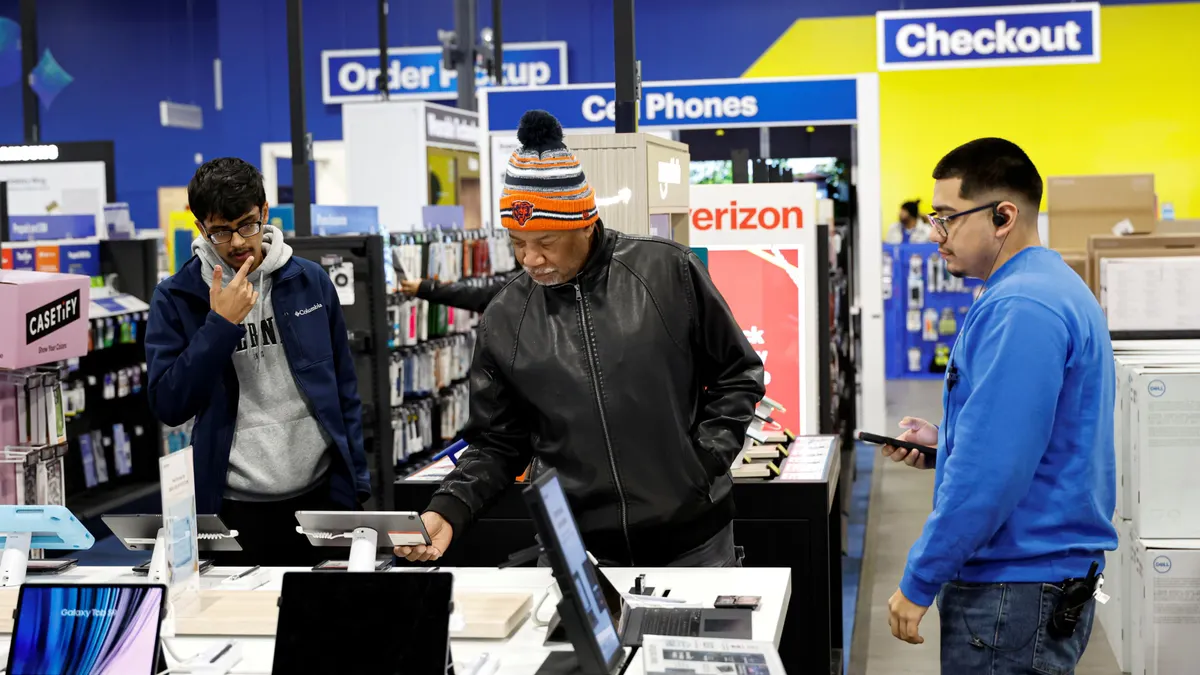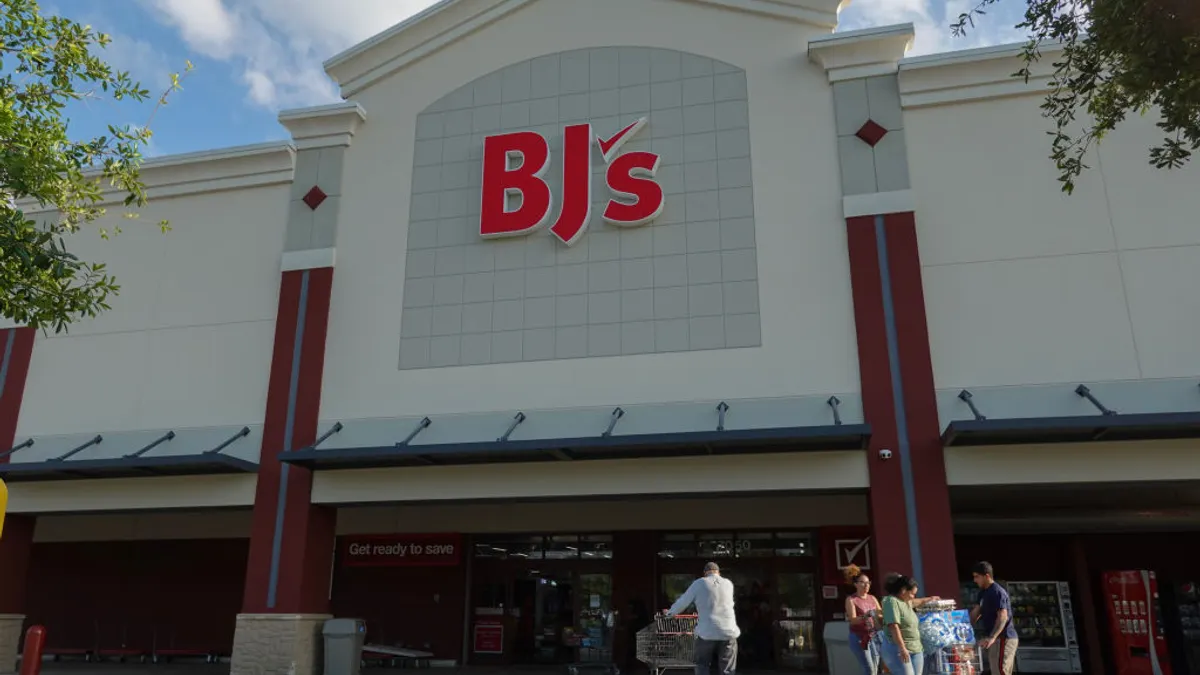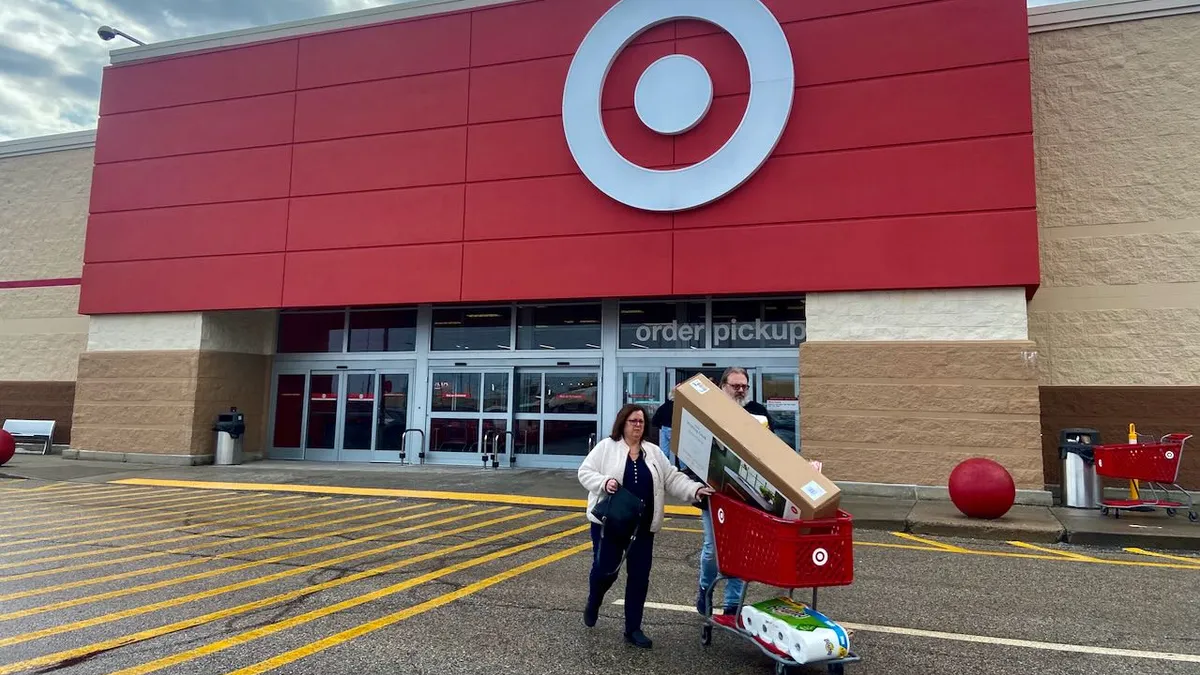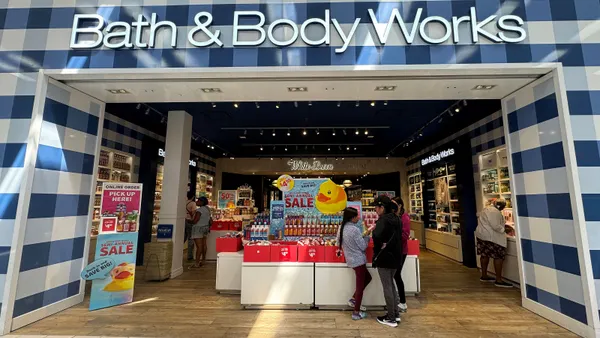Fred Reichheld, the creator of net promoter score, cites an unlikely passage in lauding the merit of NPS.
“A good name is more desirable than great riches; to be esteemed is better than silver or gold,” he reads from the Old Testament’s book of Proverbs 22:1.
People have recognized the power of reputation since ancient times, said Reichheld, who is also a fellow at Bain & Company. Today, almost everyone says they believe that reputation holds value, but few business leaders actually act on its potential. He sees referrals as an important way to leverage reputation to fuel business growth, and NPS a starting point to earn those referrals.
NPS isn’t an ancient holy text, but with more than two decades under its belt, it is a venerable North Star metric for many companies’ experience efforts. But in recent years, some executives and thought leaders have begun reevaluating whether it deserves its esteemed position.
Many experts have pointed out the limitations of NPS — among them, that it can be easily gamed and how it represents a starting point, not an end goal. But few claim that it is devoid of value. Instead, most ask where it fits into the complicated world of customer experience benchmarks.
NPS is derived by asking customers to rate their likelihood of recommending a company, service or product on a scale ranging from zero, for not at all likely, to 10, for extremely likely. Those who rate a nine or 10 are promoters, while customers who choose six or less are detractors.
This simplicity is one of the great strengths of NPS, and also one of its key weaknesses, according to Mark Lipton, professor emeritus of management at The New School and Parsons School of Design.
“NPS is beautiful because it's so damn easy, and it's got what I call the holy trinity,” Lipton told CX Dive. “It's simple to communicate to employees, it's easy to follow up with customers and, thirdly, you can benchmark yourself against many rivals.”
But reality is more complex than what a single number can express. Consumers are fluid, and boiling down their opinions to a number and a designation doesn’t tell the whole story. To make matters worse, Lipton says, many practitioners are focusing on NPS to the point where they are missing the most important parts of the tale.
NPS does not measure experience
Perhaps the most common misunderstanding of NPS is what the metric actually measures. While NPS is commonly used as a shorthand for how satisfied customers feel with an experience, it only measures likelihood to recommend.
“NPS does not measure experience quality,” Maxie Schmidt, VP principal analyst at Forrester, told CX Dive. “NPS measures loyalty intention. In an industry where the experience quality is very closely tied to loyalty intentions it might be an OK proxy, but in many industries that is not the case.”
Even when there is a correlation between NPS and experience quality, the distance between the two can vary, according to Schmidt.
For instance, a financial services company might see low NPS at its branches because the experience is poor or, perhaps, because customers find the hours inconvenient. Similarly, customers may give a brand a high score even if they’re unhappy, because they can’t think of another company they’d rather refer.
“NPS measures loyalty intention. In an industry where the experience quality is very closely tied to loyalty intentions it might be an OK proxy, but in many industries that is not the case.”

Maxie Schmidt
VP Principal Analyst, Forrester
Companies need to link NPS to a concrete business impact before they start tracking its effect, according to Schmidt. It’s tempting for leaders to make quick decisions, but those that scramble to implement NPS may later discover there isn’t a real link between scores and outcomes.
“Often what actually happens is that companies pick a metric that they want for their customer experience focus, and there's buy-in for that,” Schmidt said. “And then two years later, somebody says, ‘Are you sure this is the right metric?’ And then people start to try to make the business case.”
Companies also run into the common pitfall of changing the sample size or how they measure NPS, according to Maureen Burns, partner at Bain & Co. Stability and consistency are key to making the most out of the metric.
While NPS doesn’t measure experiences directly, it can serve as a warning sign for when individual experiences go wrong. One use case for NPS is helping companies close the loop with detractors before they dissuade other potential customers — but many CX practitioners fail to follow through on this opportunity.
“I think that's kind of where a lot of companies aren't getting the full value out of NPS,” Burns said. “If they're not following up with detractors, they're not learning more from those detractors, and they're not getting that opportunity to turn that detractor into a promoter.”
The problems with NPS aren’t unique, according to Schmidt. Every potential measurement has its pros and cons, and leaders need to find an angle that will serve as a predictor for business results and a measurement for customer experience that also has buy-in from employees.
Referrals, not word of mouth, prove value
Even when NPS serves as a reliable barometer for business objectives, positive feelings don’t contribute to the bottom line. What actually matters is when a promoter convinces a new customer to make their first purchase.
This is an area where CX leaders need to take care, according to Lipton. NPS is anchored in customer intentions, not behaviors, and research has found that intention is not a reliable metric.
“Intentions, more often than not, just stay that — intentional,” Lipton said.
However, this doesn’t make NPS worthless, according to Lipton. Leaders need to put the metric in the proper context and find ways to look at it comprehensively, rather than blindly trust that a promoter will follow through with their intent to tell others about the brand.
Leaders need to stop thinking of self-reported word of mouth or social media posts as the moment a promoter proves their value, according to Reichheld. The valuable event is when a new customer comes to the company and signs up for a subscription, buys their products or uses their services as a result of a friend of family’s suggestion.
“When a customer refers, that's the ultimate win,” Reichheld told CX Dive. “They have co-branded their personal reputation with you. That's a big social risk, and it's an act of love because they want their friend or their colleague or their family member to think this will make their life better.”
“Intentions, more often than not, just stay that — intentional.”

Mark Lipton
Professor Emeritus of Management at The New School and Parsons School of Design
The challenge is that accounting systems rarely track why a new customer chooses to shop with the brand, according to Reichheld. However, businesses that are willing to work backwards to find out why a valuable new customer joined can get a good idea of how referrals are paying off.
Customers who come in on referral generally stay with companies longer and spend more than those who discover a company on their own, according to Reichheld. CX teams who track the difference between referrals and other customers can prove their worth with results the finance team may have overlooked.
ButcherBox, a meat subscription company, is an example of a company who gets this process right, according to Reicheld. The company was built on referrals using an incentive system, and as a result puts an emphasis on keeping track of when a new customer joins because of an existing customer’s recommendation.
The result was the company growing its revenue to over $550 million without the need for venture capital, according to Reichheld. “That's what goes on with compounding in referrals,” he said.
Granularity is the key to success
The simplicity of NPS is attractive. However, even in cases where NPS is the right tool for the job, CX practitioners need to dig deeper than the simple numbers they might provide shareholders.
While it’s tempting to set goals based around making detractors neutral or turning neutral customers into promoters, sometimes the biggest impact will come from movement within a category even though that won’t augment the total score, according to Schmidt.
“If you make huge business improvements by moving twos and threes to fours and fives, you don't see any impact on NPS,” Schmidt said. “So if somebody tries to do [an] accommodation analysis, they might see that their NPS is the same, but their business has gone up. It seems like there’s no correlation, but that's just because they didn't look at it in a more granular fashion.”
In other cases, companies need to go beyond simply moving customers up a category. A Forrester analysis found that auto manufacturers benefit massively when passives become promoters — but only when they move them all the way to a 10, not just a nine.
“If you make huge business improvements by moving twos and threes to fours and fives, you don't see any impact on NPS.”

Maxie Schmidt
VP Principal Analyst, Forrester
Even a granular take on NPS has its limits. The metric ultimately fails to take customers’ full complexity into account, according to Lipton. For instance, no one can be a promoter and a detractor at the same time for a given survey even if they have mixed feelings about a business.
“When, where and why and to whom consumers praise or criticize a brand is very, very fluid and independent of their NPS score,” Lipton said. “I find that problematic, particularly if you're basing a lot of actions or lack of actions around your NPS score.”
NPS surveys limit nuance, which can be a strength of the metric in some cases but also means it can’t capture the full breadth of customer feelings. NPS can suggest broad strokes for CX leaders to follow, but even a granular dive into the numbers has its limits.
“It's like a compass, but it's missing a lot of information around CX that I believe organizations need,” Lipton said.
Universality can be an advantage, but never a reason
While the commonality of NPS across many industries won’t make up for the metric’s potential shortcomings, NPS has merit.
In cases where the benchmark already works and a business’ rivals are also using NPS, score comparisons can help each company determine where they stand in relation to each other.
This isn’t just a potential use case, but an imperative, according to Burns. Bringing up your contact center NPS from 20 to 30 might sound impressive, but that growth doesn’t mean much unless it’s outpacing rival companies in the space.
“Your score may be going up, but your competitors could be going up higher and faster, and you don't know that,” Burns said. “And so you're patting yourself on the back, and yet all of a sudden, you're seeing customers are attriting.”
The popularity of NPS can be a strength, but that doesn’t necessarily make it a good reason to implement the metric by itself, according to Schmidt. CX practitioners have other tools they can use as a benchmark for whatever needs measuring.
“Your score may be going up, but your competitors could be going up higher and faster, and you don't know that. And so you're patting yourself on the back, and yet all of a sudden, you're seeing customers are attriting.”

Maureen Burns
Partner at Bain & Co.
NPS is a useful tool for companies that have a reason to track intent to recommend and the systems in place to measure how that feeds into the health of the company, according to Schmidt. Even if you use it as a map, NPS has little value for practitioners who don’t know how to interpret what it’s saying.
“We should not just choose any metric because everybody else uses it,” Schmidt said. “That does not seem like great logic for choosing a metric.”
Schmidt highlighted Virgin Money as a company with the right approach to NPS.
“They didn't say, ‘Ah, let's just use NPS,’” Schmidt said. “What they said is, ‘What does this mean?’” Instead, the company found a way to measure how easy, enjoyable and effective its experience is for customers.
The result is that Virgin Money looks at NPS alongside a proprietary “smile score” that measures whether the customer got what they wanted from an interaction, how easy the interaction was and how the interaction made them feel — all of which generates a more holistic view of the customer.





















